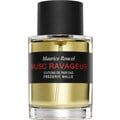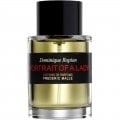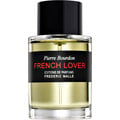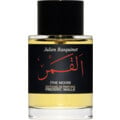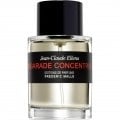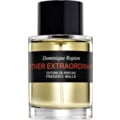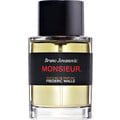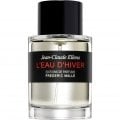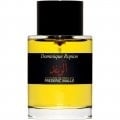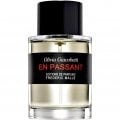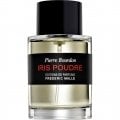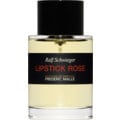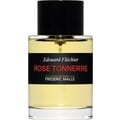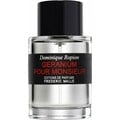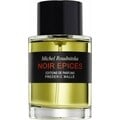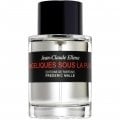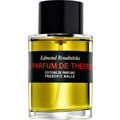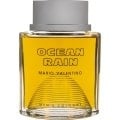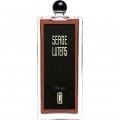04/20/2018

Valrahmeh
19 Reviews
Translated
Show original

Valrahmeh
Top Review
22
Totally out of time
I like perfumes that are completely out of time. Une fleur de Cassie could have worn Louise de La Vallière, or Madame de Montespan.
It's an unsweet, enchanted, but also somehow bulky perfume, gentle and at the same time unapproachable, like a beautiful 18-year-old girl who refuses to leave the house because then her beauty might attract the wrong people's attention. The composition is contradictory, complex and yet it creates a harmonious whole, which shows the effort with which it was created. I bought it as a work of art, sometimes wearing it and then cursing it. Because it never really fit. Like the white knight who discovers the beautiful 18-year-old girl sometime in his enchanted garden and kidnaps her on his horse. He has stolen something precious, but is not happy with it.
It's an unsweet, enchanted, but also somehow bulky perfume, gentle and at the same time unapproachable, like a beautiful 18-year-old girl who refuses to leave the house because then her beauty might attract the wrong people's attention. The composition is contradictory, complex and yet it creates a harmonious whole, which shows the effort with which it was created. I bought it as a work of art, sometimes wearing it and then cursing it. Because it never really fit. Like the white knight who discovers the beautiful 18-year-old girl sometime in his enchanted garden and kidnaps her on his horse. He has stolen something precious, but is not happy with it.
3 Comments

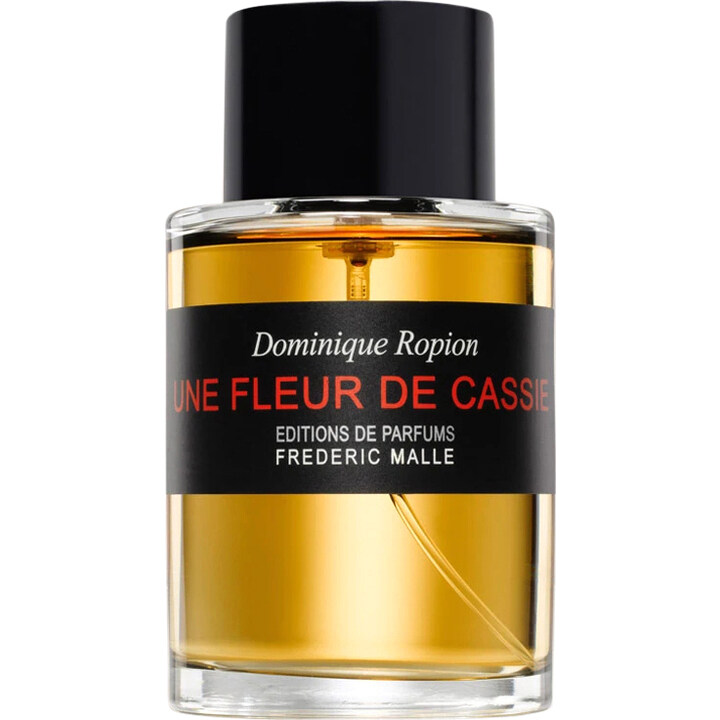


















 Marabunta
Marabunta NoirAlethea
NoirAlethea BoBoChamp
BoBoChamp Hermesh
Hermesh Aarseth
Aarseth